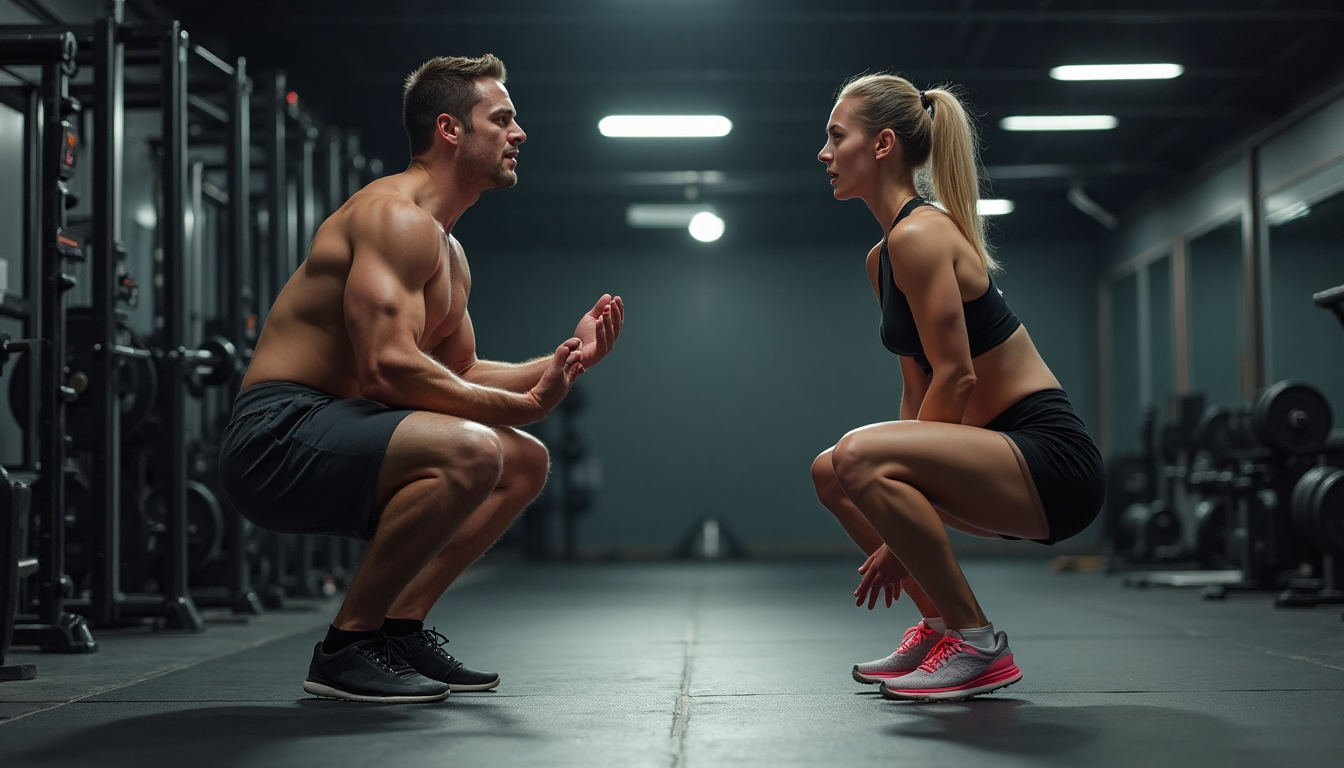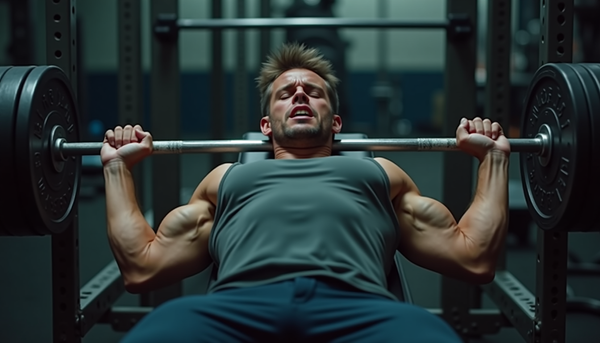Why the Midline Rule Might Be Ruining Your Squat

I used to be a rule guy. Give me a system, a framework, something I could memorize and apply to every situation that walked through my gym doors. It made coaching feel... manageable, you know? Predictable.
Then I met Sarah.
Sarah was a former dancer turned powerlifter who'd been following the "midline rule" religiously for months. Feet close together for deadlifts, toes straight ahead, just like she'd been taught. But something was off. Her pulls looked awkward, she kept missing lockouts, and worst of all - she was developing knee pain.
One day I watched her warm up and noticed something her previous coach had missed entirely: Sarah had about 40 degrees of natural hip external rotation. Her anatomy was literally screaming for more toe-out, but she'd been forcing herself into a "correct" position that was completely wrong for her body.
This is the problem with rules like the midline approach - they work great until they don't.
The Appeal of Simple Systems
Look, I get why coaches love the midline rule. It's elegant, easy to teach, and honestly? It'll work for maybe 70% of people most of the time. When you're dealing with large groups, especially beginners, having a simple decision tree is invaluable.
The basic premise makes sense too. Your body's center line is where the important stuff lives - heart, lungs, spine. Movement patterns generally originate from your core. And yeah, there's definitely a relationship between stance width and optimal toe angle.
But here's where things get sketchy: the moment we turn a useful guideline into a rigid rule, we stop thinking critically about what's actually happening in front of us.
Context Is King (And Rules Are Just Suggestions)
Every body is different. Not just "everyone's special" different, but legitimately, anatomically, measurably different. Hip socket depth, femoral neck angle, ankle mobility, previous injuries - all of this stuff matters way more than whether someone's feet are touching their imaginary midline.
I've worked with athletes who squat best with their feet damn near together, and others who need a stance so wide it looks like they're doing the splits. Both can be "correct" depending on their individual anatomy and goals.
The midline rule assumes that optimal positioning is determined by where your feet are in space relative to your centerline. But what if optimal positioning is actually determined by where your joints feel most stable and powerful? What if the "rule" is backwards?
A Better Framework: The Comfort-Performance Matrix
Instead of memorizing foot positions based on exercise names, here's what I teach my clients:
Start with comfort, then optimize for performance.
For any new movement, I have people experiment within these parameters:
- Find your natural stance - Stand relaxed and notice where your feet naturally want to be. This is usually pretty close to optimal.
- Test the extremes - Try the movement much wider and much narrower than feels natural. Pay attention to where you feel strongest and most stable.
- Consider the goal - Are you trying to move maximum weight, target specific muscles, or work around an injury? Let function drive form, not arbitrary rules.
- Adjust for load - Your optimal stance might shift as weight increases. That's normal and expected.
When to Break the Rules (Spoiler: Probably More Often Than You Think)
Here are some scenarios where the midline rule falls apart:
Long femurs and short torsos often need wider stances and more toe-out to hit proper depth without their knees traveling way forward.
Previous ankle injuries might require more external rotation to find a pain-free position.
Hip impingement (which is way more common than most people realize) often feels better with toes turned out more than the "rules" suggest.
Pregnancy changes everything about optimal positioning as the body adapts.
Powerlifting vs. bodybuilding goals might call for completely different stances for the same person.
The point isn't that wide stances are better than narrow ones, or that you should ignore toe angle. The point is that rigid adherence to any rule - including the midline approach - can keep you from finding what actually works for your body and your goals.
Practical Application: Teaching Principles Over Positions
If you're a coach, here's how to move beyond rule-based teaching:
Teach the "why" first. Help people understand that stance affects muscle recruitment, joint stress, and force production. When they understand the mechanism, they can make intelligent adjustments.
Use progressive exploration. Instead of dictating foot position, give people a range to explore and help them notice the differences. "Try three different stance widths and tell me which one feels most powerful."
Emphasize individual assessment. Everyone gets a movement screen before we start making assumptions about their optimal positions.
Make it interactive. Instead of "put your feet here," try "show me where this feels strongest" or "find the position where you can go deepest without your back rounding."
The Real Test
Here's a challenge: next time you're in the gym, forget whatever rules you've been following and just experiment. Try your usual squat stance, then go wider. Go narrower. Point your toes out more. Keep them straighter.
Pay attention to how each position feels - not just whether you can complete the movement, but where you feel strongest, most stable, most powerful.
I'm willing to bet you'll discover that your body has some opinions that don't match whatever system you've been following.
The midline rule isn't wrong, exactly. It's just incomplete. It's a starting point, not a destination. And the sooner we stop treating movement principles like religious doctrine, the sooner we can start training in ways that actually match our individual anatomy and goals.
Your body doesn't care what the textbook says about foot position. It only cares about what works. Maybe it's time we started listening.
What's your experience been? Have you found success with systematic approaches like the midline rule, or have you had better luck with individual experimentation? Drop a comment and let's figure this out together.
Because at the end of the day, the best training system is the one that helps YOU move better, feel better, and get stronger - rules be damned.




